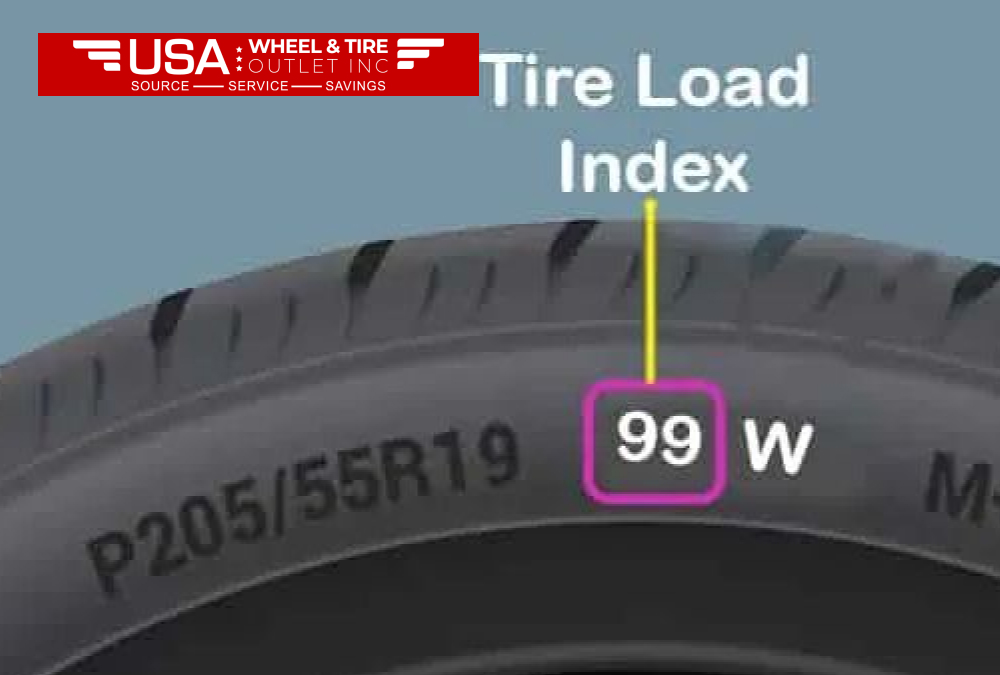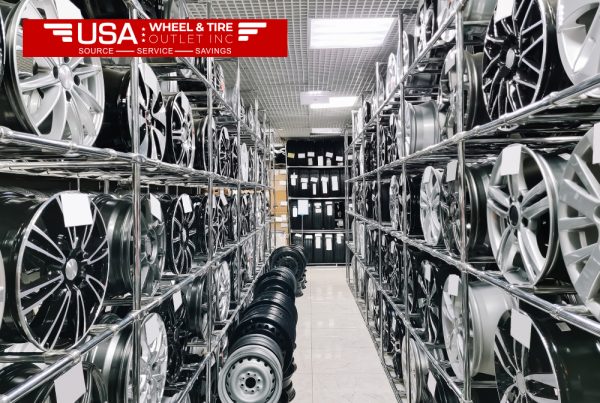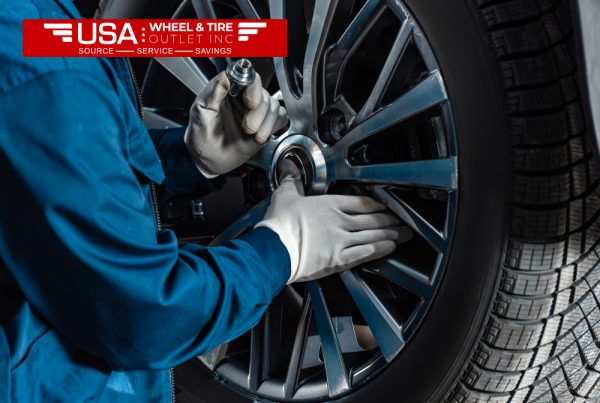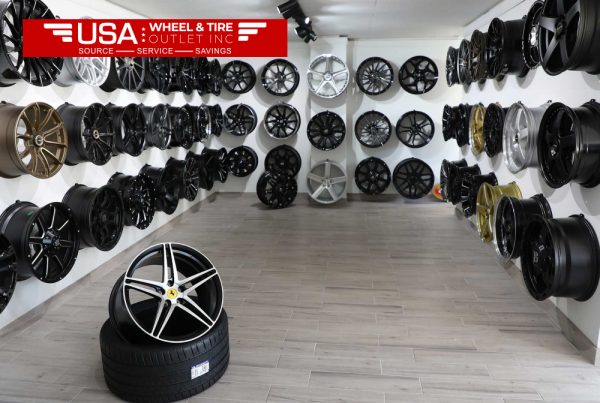Load ratings for tires indicate the amount of weight the tire is able to safely support at the suggested pressure. This information is vital to anyone together trailers, since the excess load of a tire could result in dangerous blowouts and wear that is uneven.
The load rating of the tire typically appears on the sidewalls of the tire. It is usually in the form of a number for example “105,” which correlates to a particular capacity of weight in pounds. In the case of trailers, understanding these numbers will guarantee that your tires will be able to carry the load of the trailer as well as its cargo.
Why Tire Load Ratings Are Important
The ratings for tire hundreds on trailers play an critical role in ensuring protection while towing. The following are top advantages to no longer ignore these rankings:
Equal Weight Distribution: Utilizing tires that have suitable load ratings loated tea recipe spread the weight equally throughout the trailer. The proper distribution of weight is crucial in ensuring stability when towing, and reduces the chance of uneven wear on the tires.
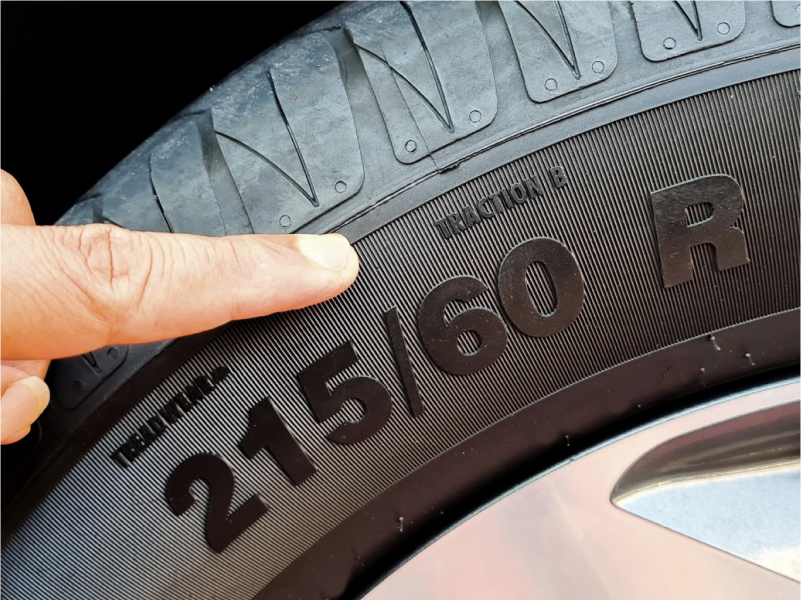
Tire Life: The tires which are loaded with too much pressure will wear much more rapidly and require more frequent replacements. Making sure your tires are properly rated for the amount of load they can handle prolongs their life, and saves your money over the long-term.
How to Read Tire Load Ratings for Trailers
The load rating of the tire is typically found on the sidewalls on the outside of the tire. It represents the tire’s capacity to handle weight in pounds. The higher the load rating, the greater the tire’s capacity to handle weight. For expert advice on selecting tires with the correct load rating for your vehicle, consult USA Wheels & Tires Outlet INC to ensure optimal performance and safety.
Examples:
The load capacity that is 95 can be equal to 1,511 lbs.
An average load in the range of 105 could be equivalent to 2,039lbs.
For interpreting these ratings, you should refer to your load index charts that is provided by the manufacturer of the tire. Multiply the rating times how many tires mounted on your trailer in order to determine the capacity for weight.
Factors to Consider When Choosing the Right Tires
If you are choosing the right tires for your trailer, it’s important to take into account more than the weight rating. These are the most important factors to take into consideration:
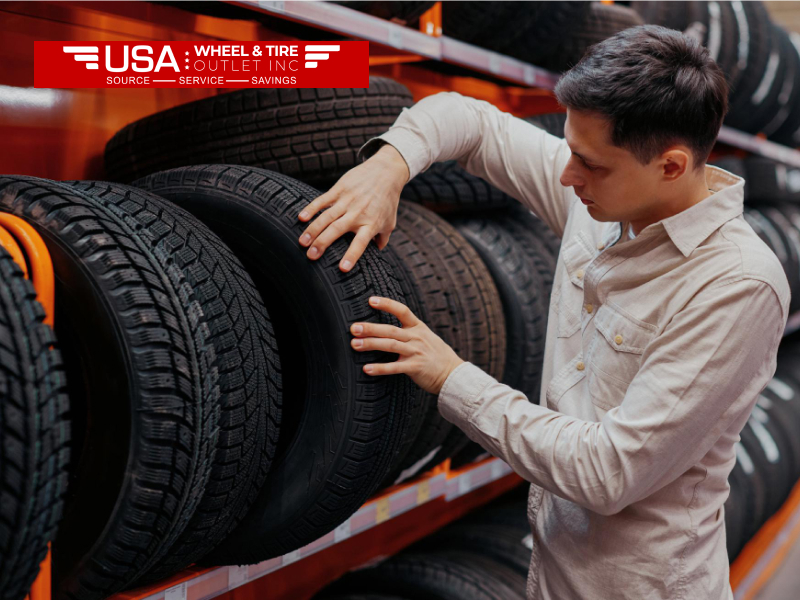
1. Weight Distribution
The distribution of weight is how the load is distributed over the trailer. Even when your tires are designed to handle all the weight of your vehicle, inconsistent distribution could still result in difficulties. Make sure that the load is evenly distributed across tires for assure steady towing
3. Safety Tips
Make sure that the tires on your trailer have been correctly inflated. Tires that are not properly inflated reduce load-carrying capacity, and improve the likelihood of blowout. Check your tires regularly to check for damages and wear in particular prior to trips that are long. Make sure you match your tire’s pressure with the recommendations of the manufacturer to assure optimal performance.
4. Price juxtaposition
The tires with higher ratings tend to be higher priced due to their increased toughness. But, investing in appropriate tires for your needs and working conditions is well worthwhile in terms of safety and long-term tire life.
Common Tire Load Ranges for Trailers
Tires for trailers are usually rated together an loading range system that is related to the tire’s durability and capacity for carrying loads. The rating is typically indicated by the letters B or C. or E.
Load A is suitable for loads with lighter weights.
Load C is able to manage moderate loads. Typically used on medium to small trailers.
Load Range E and D The tires are designed for use in heavy-duty environments perfect for big trailers as well as equipment haulers.
Each range of load corresponds to an exact amount of layers (layers) inside the tire, which determines the strength of the tire.
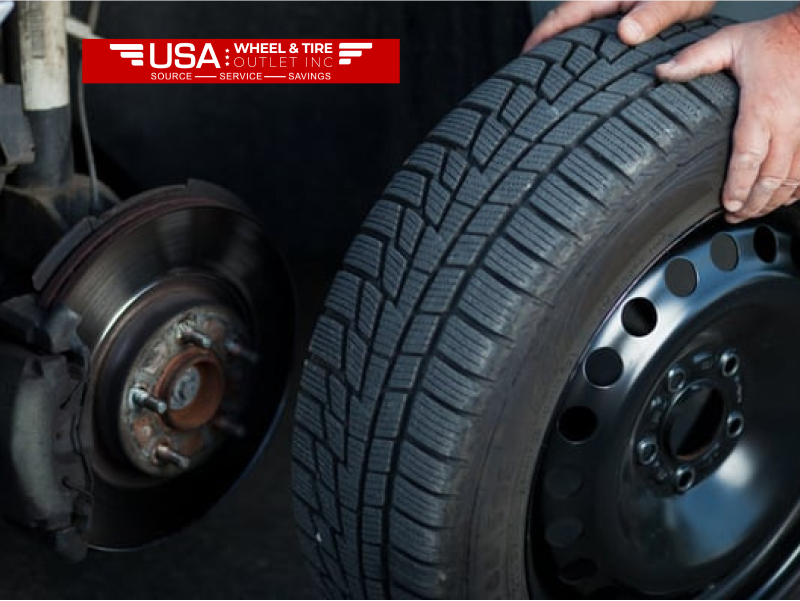
Balancing the load Make sure that the weight evenly distributed throughout your trailer, preventing unbalanced tire wear and swinging.
Do not overload Do not over the maximum load capacity on your tires. Check the total weight of your trailer as well as its contents in order to remain within the limits of safety.
Conclusion
Knowing the load ratings of tires to trailers is vital for safe and effective towing. When you choose tires that fit the trailer’s weight and the load it holds it will assure your safety and increase the longevity of the tires. Make sure you take into account aspects such as operating conditions as well as weight distribution and the correct inflation of your tires for optimal the performance of your tires. A properly rated tire ensure that you’re as well as your trailer secure when you’re on the road, regardless of whether you’re towing for business or pleasure.
Read Also: The Benefits of Using a Tire Siping Machine
FAQs
1. What is a load rating?
The load rating of a tire indicates the highest weight the tire is able to carry appropriately inflated.
2. What do I need to know about the correct load rating for my truck tire?
Look for the load rating numbers on the sidewall of your tire and then refer to the chart of the manufacturer’s to match the load rating with the total weight of the trailer.
3. Do I have to use tires from a car for my truck?
There is no need for it, as the tires for trailers (ST tires) are designed specifically to take on the load and stress of towing.
4. What is the excellent time to check the pressure of my tire on my trailer?
It’s suggested to monitor the pressure of your tires every month, and also prior to any lengthy trips in order in order to warrant that you are safe when towing.

